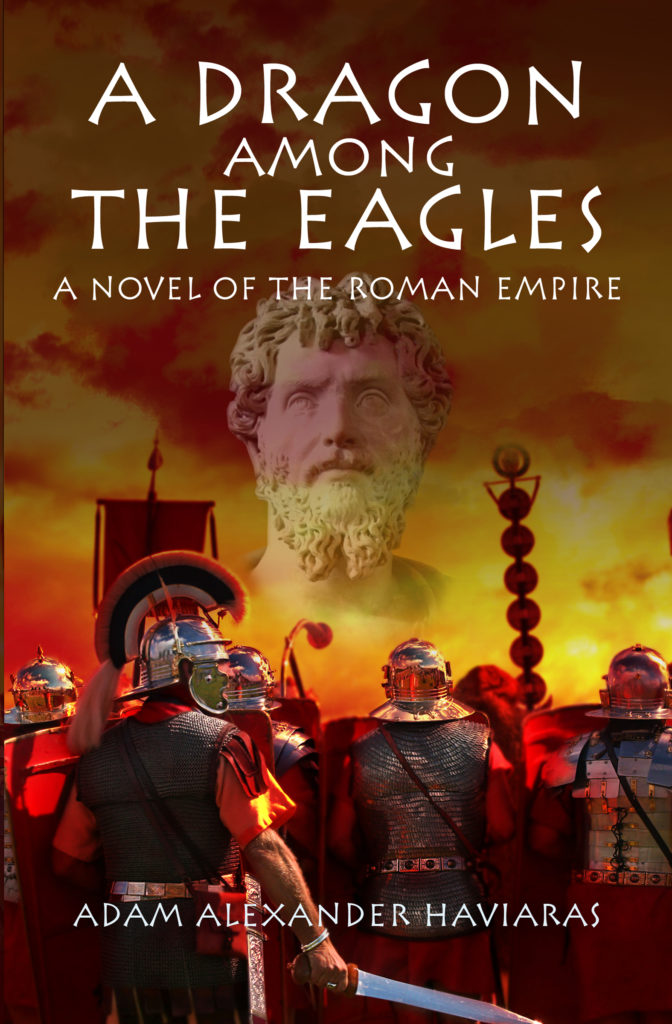The setting for A Dragon among the Eagles is the Severan invasion of the Parthian Empire, an enemy that had harassed Rome for over two hundred years, and had dealt the legions one of Rome’s biggest defeats at the battle of Carrhae in 53 B.C.
But who were the Parthians?
Some believe they were successors to the Persians, but that is not entirely true. The truth is that the Parthians were a sort of amalgam of peoples and cultures.
The region ruled by the Parthian Empire included modern Iraq and Iran. It was established when Arsaces I rebelled in the North against the Seleucid Empire (named after Alexander the Great’s general, Seleucus) in the mid-third century B.C.
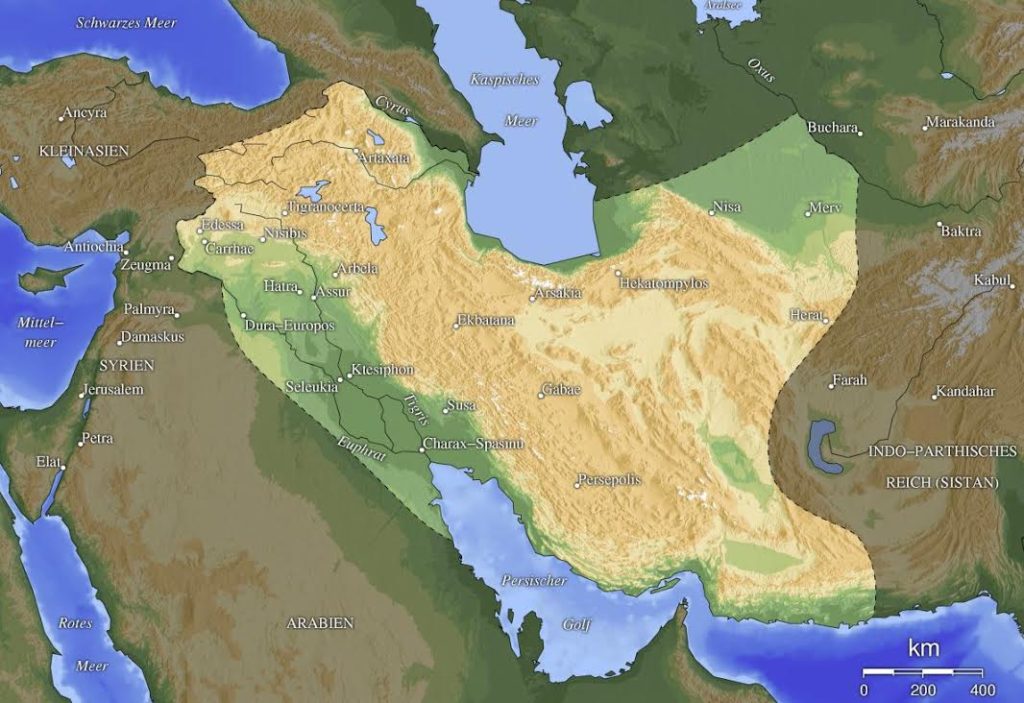
Parthian Empire (Wikimedia Commons)
Then, in the mid-second century B.C. Mithridates I of Parthia expanded the empire by taking Media and Mesopotamia from the Seleucids, making the Parthian Empire the region’s power-house.
At its greatest extent, the Parthian Empire stretched from the northern Euphrates and what is now central Turkey, to eastern Iran. Included in this vast territory was an enormous stretch of the Silk Road which tied the Mediterranean world to the East and was the key to dominating trade.
Parthia was a real cultural mix, with the main elements being Persian and Hellenistic. The Parthians were philhellenes, a people who loved and adopted Greek culture, or at least much of it. The Parthian emperor carried the title of ‘King of Kings’, and there were some satraps beneath him, though most were vassal kings.

Mithridates I of Parthia, 171-139 B.C.
Like the Persians before them, the Parthians could call on vast numbers of soldiers, levied from different regions around the Empire.
As the Empire reached its peak power, a bigger power centre was needed, and so the capital was moved from Nisa to the place where things really come to a head in A Dragon among the Eagles: Ctesiphon.
I won’t go into a long discussion of the history of the Parthian Empire here, for our main concern is with their last great confrontation with Rome under the leadership of Septimius Severus.
However, apart from the wars with their regular enemies, the Seleucids, Scythians, and Armenians, it is important to highlight some of the ‘bad blood’ between Parthia and Rome. This will help us to understand Rome’s perspective perspective in A.D. 197 when the story begins.
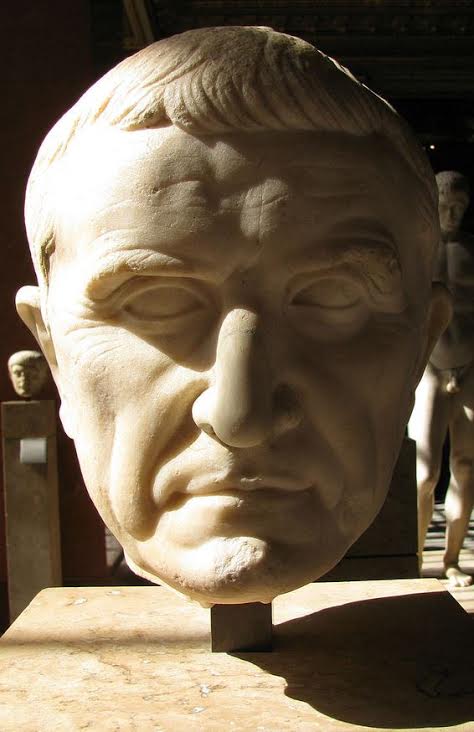
Marcus Licinius Crassus
In the late first century B.C. the Roman Republic came into conflict with Parthia over the client-kingship of the Armenians. Hostilities began, and so Rome sent the triumvir, Marcus Licinius Crassus to Parthia with a force of seven legions plus auxiliaries.
Some of you may recognize the name of Crassus from the history, movies, and books about Spartacus. This is the same Crassus, the rich man of Rome.
Crassus went confidently to war with the Parthians, but in 53 B.C. his forces were crushed by the smaller Parthian forces at the battle of Carrhae. To make matters worse, the legions’ aquilae, the sacred golden eagles, and other standards were taken by the Parthians. This was the ultimate disgrace for a legion.
According to some sources, the Roman dead at Carrhae numbered twenty-thousand, with another ten thousand taken prisoner.
And Crassus? He was captured and killed. Some say that the Parthians did away with Crassus by pouring molten gold down his throat.
But Rome would not go away so easily.
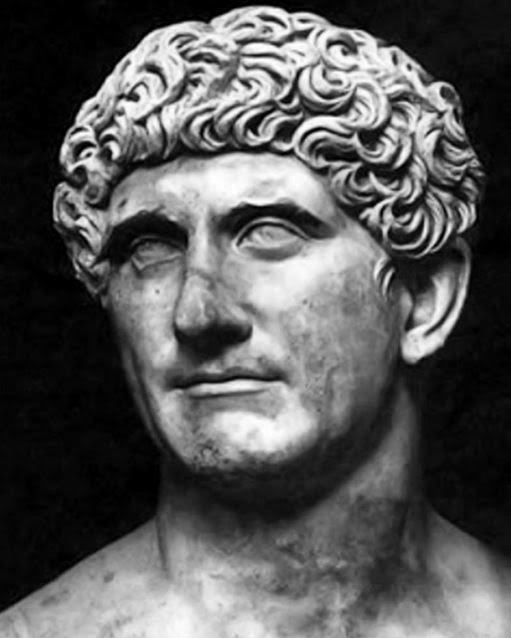
Marcus Antonius
From 40-39 B.C. Mark Antony (Yes, that Mark Antony!) attacked Parthia and came away with some victories, but the gains of those victories proved difficult to hold. However, Rome now held Syria.
Then Augustus, the first official emperor of Rome, managed to negotiate the exchange of a Parthian prince Rome had captured for the legionary standards that had been lost at Carrhae, as well as the remaining Roman prisoners of war.
This was a big coup for Augustus, and an opportune moment for Rome, as the Parthian court was plagued by infighting that led to civil war.
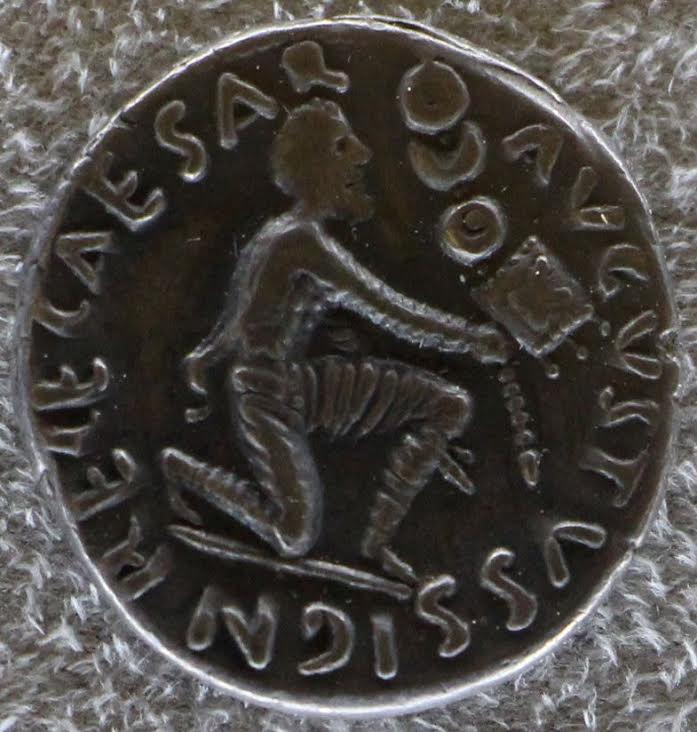
Roman coin showing Parthian return of Roman Standards
An interesting aside is that at this time, the Han Dynasty of China was apparently interested in diplomatic relations with Rome in the hundred years or so after Augustus, but nothing came of it. It seems Rome was not the only power that felt the Parthians were a real thorn in their side.
Over the decades, there were various Roman-Parthian wars, interspersed with periods of peace. That is, until A.D. 114 when Emperor Trajan renewed hostilities and captured Nisibis, which was key to securing the route across the Mesopotamian plain.
Trajan, that warlike emperor, went on to invade Mesopotamia, capturing the fortress of Dura Europus, Seleucia, Susa, and the capital of Ctesiphon. Trajan also went up against the desert city of Hatra, but his siege failed, causing the emperor to retreat. He died before being able to return and finish the job.
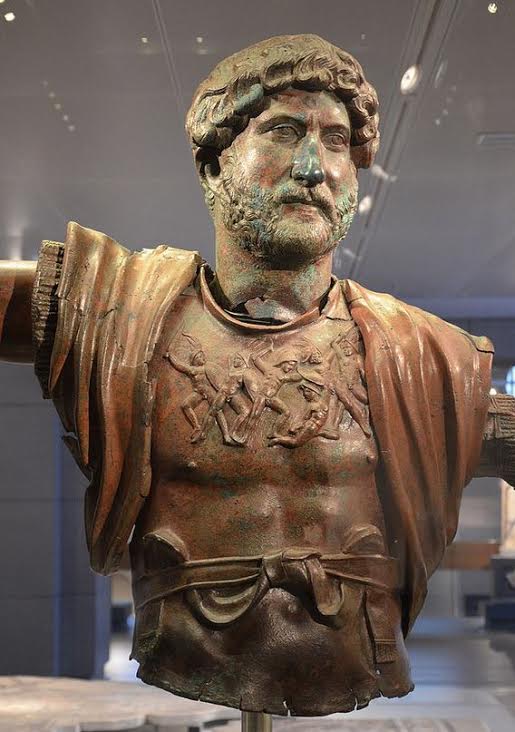
Emperor Hadrian
When Emperor Hadrian (A.D. 117-138) came to power, he began shoring up the Empire’s borders from Hadrian’s Wall in the North, to the Euphrates in the East. There was a time of relative peace again, until Vologases of Parthia invaded Roman territory in Armenia and Syria, and took Odessa. Marcus Aurelius was emperor at this time, and with a new war underway with Parthia, his legions marched on and burned Seleucia and Ctesiphon before having to retreat due to an outbreak of plague in the ranks. Marcus Aurelius’ war with Parthia ended in A.D. 166.
Now we come to the period of the Severan invasion of Parthia against Vologases V. This is when A Dragon among the Eagles begins.
In the book, the Emperor is gathering his legions outside of Antioch, with some new legions being raised in Italy and Greece especially for the campaign. These new legions are the I, II, and III Parthica Legions, and this is where our protagonist, Lucius Metellus Anguis, gets his start.
Septimius Severus led an army of 33 legions into Parthia at this time, and one would think that he easily crushed the Parthians with such a large force. But that is not the case.
Severus’ Parthian campaign, while relatively short, was also a brutal one.
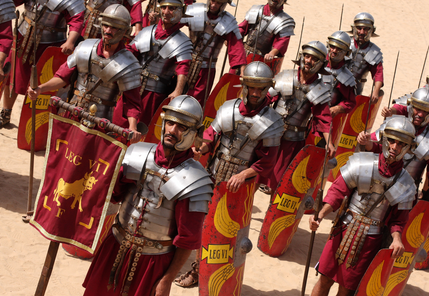
Roman Re-enactment group on the march!
After all the ill-will between Rome and Parthia, as outlined above, Severus wanted to be the one who crushed Parthia once and for all. He had just come out of the civil war as the victor, but a victory against an enemy of Rome was needed. And what better enemy than Parthia?
The legions marched into Mesopotamia and relieved Nisibis, which had been withstanding a siege by the Parthians, under the gallant leadership of General Laetus. With Nisibis back under control, the Romans then made their way south along the Euphrates and Tigris rivers to take Seleucia, Babylon, and finally the Parthian capital of Ctesiphon. It was a resounding, brutal and bloody success.
However, as with Trajan’s campaign against Parthia, Hatra withstood two major sieges in two years by Severus’ forces, and still the Romans could not take it.
We’ll look more closely at some of the locales of A Dragon among the Eagles in the next post of this blog series.
The question we should ask ourselves now is how were the Parthians able to withstand Rome for so long, and even deliver a crushing defeat such as at Carrhae, even when they had inferior numbers?
The answer? Cavalry.
The Parthians were expert horsemen in the field, so much so, that almost the entirety of their army was made up of cavalry and nothing else.
The Parthian Empire had no standing army, apart from the king’s guard, but they had a large population and many horses.
The two predominant types of cavalry were the light horse archers, and the heavy cataphracts, and the one-two punch of these two groups together proved more than a match for Rome’s legions for a long time.
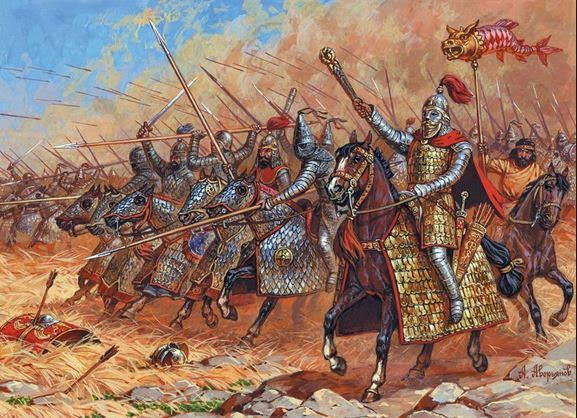
Parthian Cavalry charge – artist impression
Parthian horse archers were good at harrying Roman troops by speeding toward the enemy in waves, unleashing a hail storm of arrows at full speed, and then quickly turning and fleeing before the Romans could pursue.
But these horse archers, even as they sped away, would continue to pommel their enemies with arrows facing backward in their saddles as they went. This is where the so-called ‘Parthian Shot’ comes from, an expression we use today for a verbal parting barb.
You can imagine that with their numbers, so many arrows could have the potential to throw any force into disarray. And these were the light cavalry, common class men wearing only a tunic and trousers, and carrying their short, composite bows and arrows. That’s it!
The real danger for the Romans, when fighting the Parthians, was the heavy cavalry, or cataphracts.
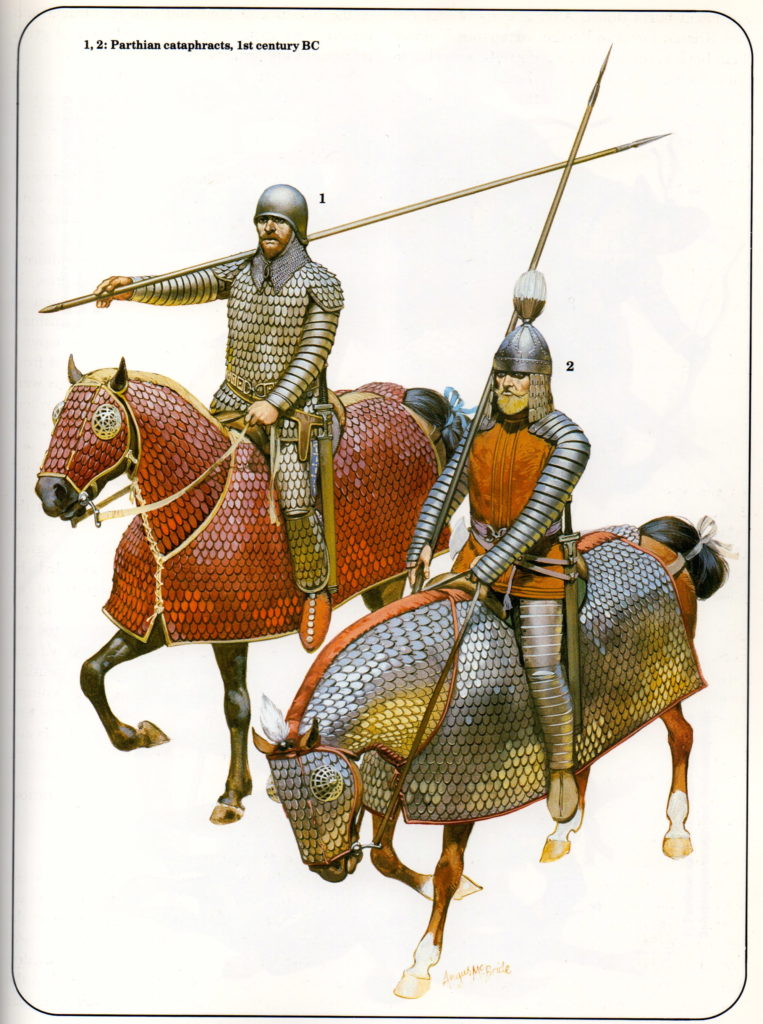
Parthian heavy cavalry (cataphracts) – illustrated by Angus McBride
The Parthian cataphract was one of the most terrifying horse warriors of the ancient world. Apart from having big horses, both man and horse were covered head to hoof in chain, scale, or plate armour, making them heavy and virtually impenetrable.
Their weapons were also something to be reckoned with. They carried things such as war-hammers with large spikes on the end, long maces and battle axes, and swords for slashing down from horseback.
But the scariest weapon wielded against the Romans by the Parthians was the kontos, or contus.
The kontos was a lance of about 4 meters long, or 12-14 feet. It was so long that the Parthian cataphract let go of his reins and used two hands to wield it.
With two hands on the kontos, these cataphracts were able to rip an enemy to shreds!
You can be sure that any Roman facing Parthians for the first time would have been ill-at-ease behind his scutum watching heavy Parthian cavalry bear down on the shield wall after a rain of arrows.
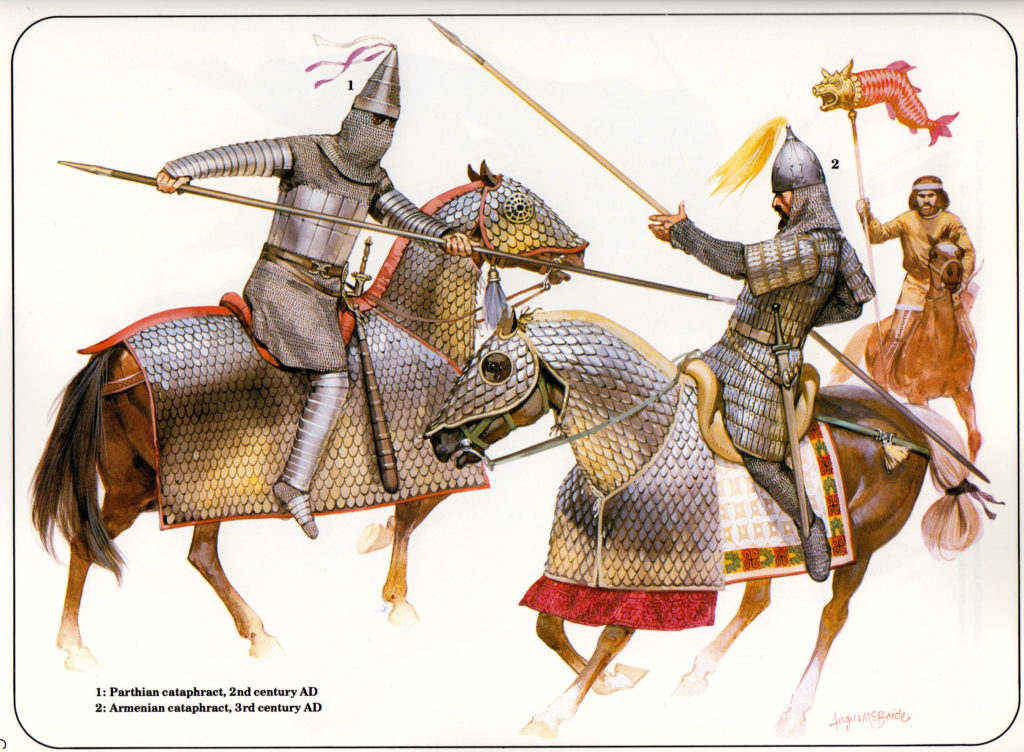
Parthian cataphract wielding the kontos (illustrated by Angus McBride)


